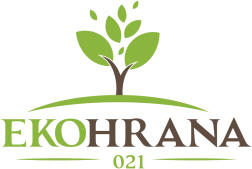
Sudan Grass
One of the most valuable annual fodder crops. It has high drought resistance, good fodder qualities, and is able to grow quickly after mowing and grazing. In favorable conditions gives 3 – 4 mowing. According to its characteristics (drought resistance, high shoot formation and regeneration after mowing), Sudan grass is considered one of the most highly productive fodder cereal crops common in many regions of Russia. The green mass of Sudanese grass contains 4.4% protein, 3.0% protein. 7.7-9.2% – sugar. In 1 kg of green mass – 0.20 -0.22 feed units. The optimal period for the preparation of haylage and hay is the phase of the beginning of flowering; silage is the grain filling phase, so Sudanese can be used in a green conveyor mixed with other cultivated cereals.
